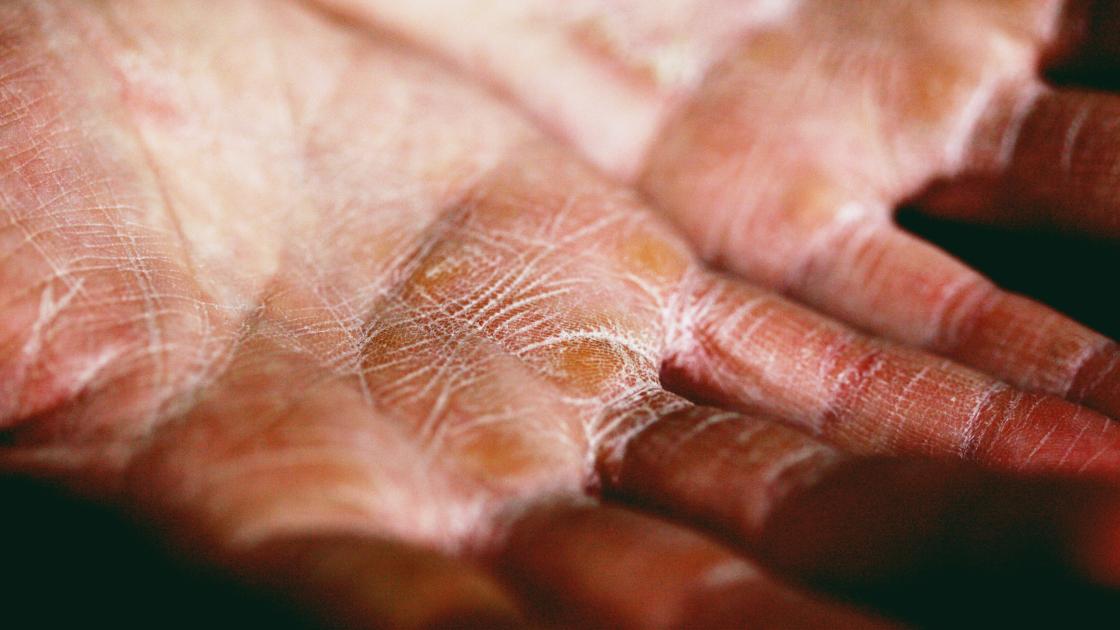
Common sports injuries in children and adults
About 8.6 million sports injuries occur every year in the United States, according to the Centers for Disease Control and Prevention (CDC). While common in school-aged children, sports injuries affect adults and seniors, too.
At SIU Medicine, our Sports Medicine team combines advanced clinical experience with cutting-edge research to ensure our patients have access to premier sports injury care. Read on to find out the most common injuries and conditions we see among our active athletes.
The most common sports injuries
Sports injuries can come out of nowhere or develop after an acute incident, such as a slip or fall. In some cases, sports injuries develop more gradually over time, usually due to cumulative effects of repeated stress and strain.
While any area of the body can become injured during physical activity, some of the most common issues we see among active patients include:
- Muscle strains
- Ligament sprains, e.g., ACL tear
- Meniscus tears in the knee
- Tendonitis
- Stress fractures
- Plantar fasciitis (heel pain)
- Shin splints (medial tibial stress syndrome)
- Nerve impingement syndromes
- Medial or lateral epicondylitis (golfer's elbow or tennis elbow)
- Bursitis
- Concussion
These injuries can range in severity and feature a variety of symptoms including pain, swelling, redness and reduced range of motion. The only way to know for sure what kind of injury you have is to consult with a medical professional.
What are the risk factors for sports injury?
SIU Medicine physicians treat people of all ages and backgrounds who are affected by sports injury. While anyone can become hurt while playing a sport or doing any sort of physical activity, there are certain risk factors that may make an injury more likely. These risk factors include:
- Advancing age
- Sex (for example, research indicates that females are more likely to experience stress fractures and ACL tears compared to males, likely due to a combination of structural and hormonal differences between genders)
- Body composition and anatomy (e.g., obesity, joints with limited or excessive mobility or even old scar tissue from a prior injury)
- Skill and fitness level—although injuries can affect both beginner and advanced level athletes
- Over-training or inadequate recovery between training sessions
- Poor nutrition and sleep
- Psychological stress
- Playing surface, weather and other environmental factors
- Ill-fitting equipment or footwear
- Sports-specific demands (e.g., repetitive moving, jumping or pivoting)
Many of the risks associated with sports injuries can be reduced. If you are an athlete or the parent of an athlete, it is in your best interest to control what you can control—such as sleep, diet, training schedule, technique—in order to reduce the risk of you or your child becoming hurt.
That said, sports injuries can affect even the most prepared and conscientious athletes. When in doubt, consult with an orthopedic surgeon or sports medicine provider who can offer early and personalized treatment.
Do you or a loved one have a sports injury?
A nagging sports injury can turn into a chronic problem without proper care. If you or your child has been sidelined by an injury and are ready to start seeing meaningful recovery, call 217-545-8000 to connect with our Sports Medicine staff and schedule an appointment today.




